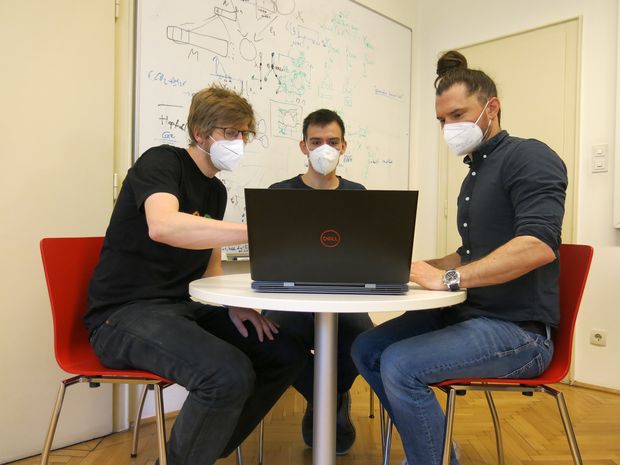A new method developed at the JKU gives AI the ability to obey the laws of physics, thus avoiding certain errors.

Artificial Intelligence (AI) is the center of focus today, ranging from image recognition software and chatbots to the internet’s search algorithms. We encounter self-learning systems every day. These systems are, however, also subject to criticism because they make mistakes as well as adopt and pass on preconceptions and prejudices contained in the data. Researchers at the Johannes Kepler University Linz have now developed a method that gives AI the ability to adhere to the laws of physics and avoid making certain errors.
AI issues in the AMS algorithm are known to, for example, give women fewer opportunities to find jobs and chatbots made racist comments within a short period of time. The reason is because AI learns from existing data and uses data correlations, even in areas where there is no connection or a connection is not intended. For example, when it comes to job placement, people of a certain gender or skin color are treated differently. Assistant professor Günter Klambauer, JKU Institute for Machine Learning (headed by Prof. Sepp Hochreiter), remarked: "In regard to AI, these are very familiar issues. However, in other tasks using AI, we see similar problems arise as well and the AI often predicts physically impossible events." In other words, events that could actually be ruled out using physical "common sense".
Detecting Physical Impossibilities
A team at the LIT AI Lab has been addressing the issue. Over the past year and a half, they have succeeded in incorporating the laws of physics into the AI as the AI must observe these laws during its learning period. By building on LSTM (Long Short-Term Memory), a neural network developed by JKU Prof. Hochreiter incorporates the mass conservation principle into the AI. Study author Pieter-Jan Hoedt explained: "We used individual AI neurons as mass storage, essentially guaranteeing that the system’s total mass or total energy does not change. In other words, the AI understands that only the same amount of water can be poured out of a bottle as the amount that went in. While it sounds simple for us humans, artificial intelligence finds the concept challenging. In this regard, it is a great leap forward.
The LIT AI Lab team developed one of the world’s most accurate AI methods to predict flooding. However, the team also experienced AI system issues that they had observed earlier. Study author Frederik Kratzert added, "The AI was able to predict future flooding quite accurately based on previous levels of rainfall. However, when it comes to the future, we cannot provide the AI with exact amounts of water." As a result, the AI sometimes predicted flooding even though there were actually drought conditions. The newly developed AI now recognizes physically impossible outcomes and can avoid keeping water volume from disappearing or being reimagined. The new method has already proven itself both in flood forecasting as well as traffic analyses for Berlin, Moscow and Istanbul.
Potential for Modeling Processes Related to Climate Change.
The implications extend even further. Klambauer added, "As AI has to adhere to the laws of physics, we can also obtain even more reliable results, even if there is not much data available or the AI finds itself in a completely new situation." This means that more highly complex simulations can now provide far more accurate results. For example, the new method could provide a far more accurate prediction of CO2 levels in the atmosphere than before. Klambauer also notes, however, that while this solves AI issues pertaining to physical systems, it does not solve the system and chatbot’s prejudice problems contained in the AMS algorithm. Still, he says, this is a big step forward, providing more accurate AI predictions across a wide range of areas.








